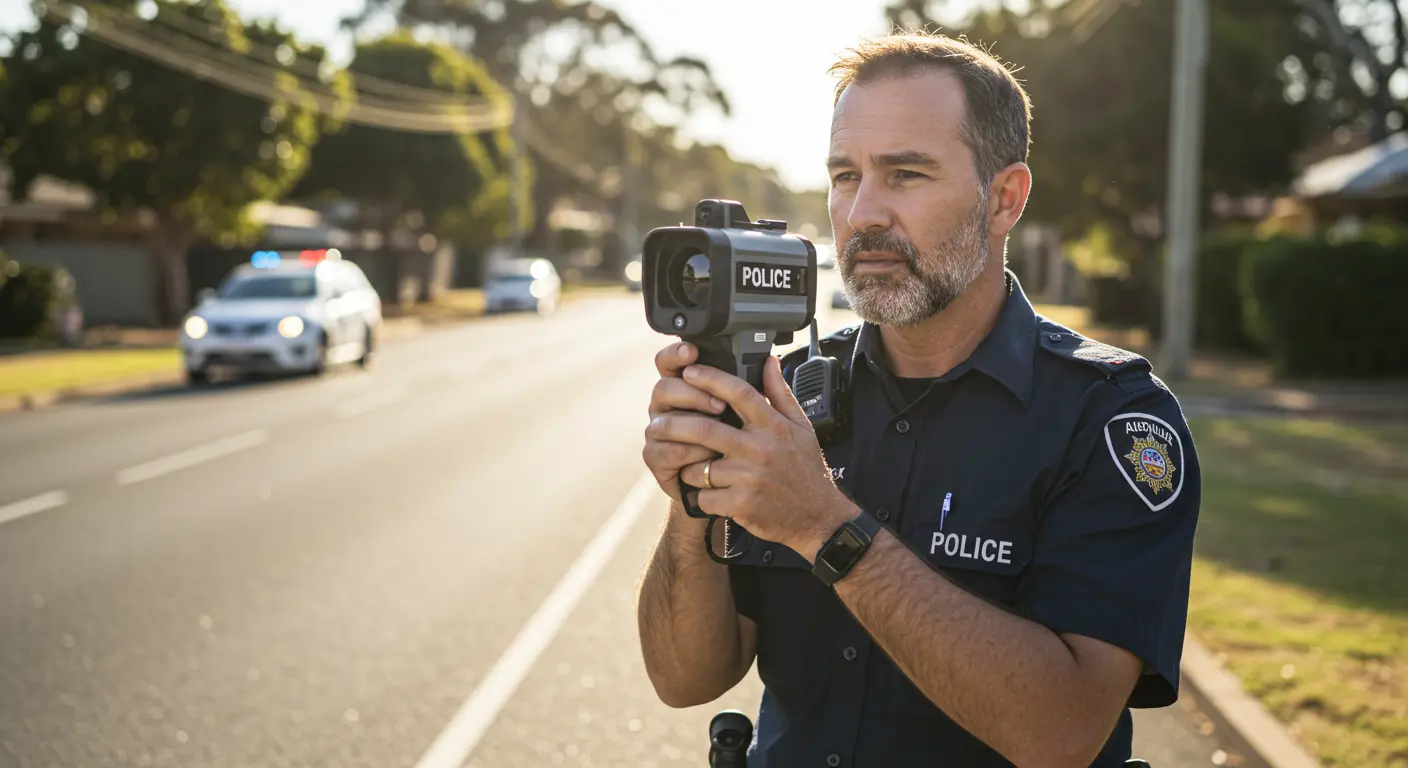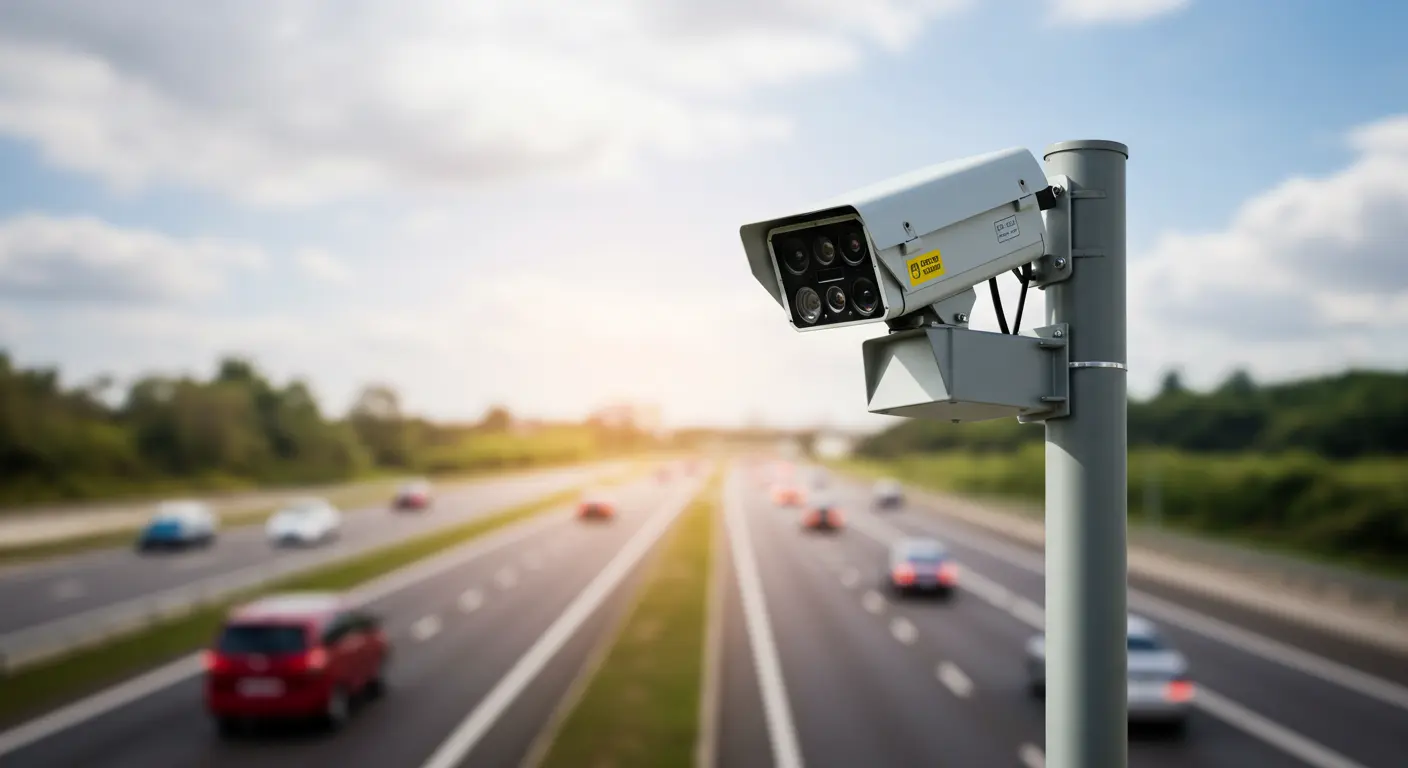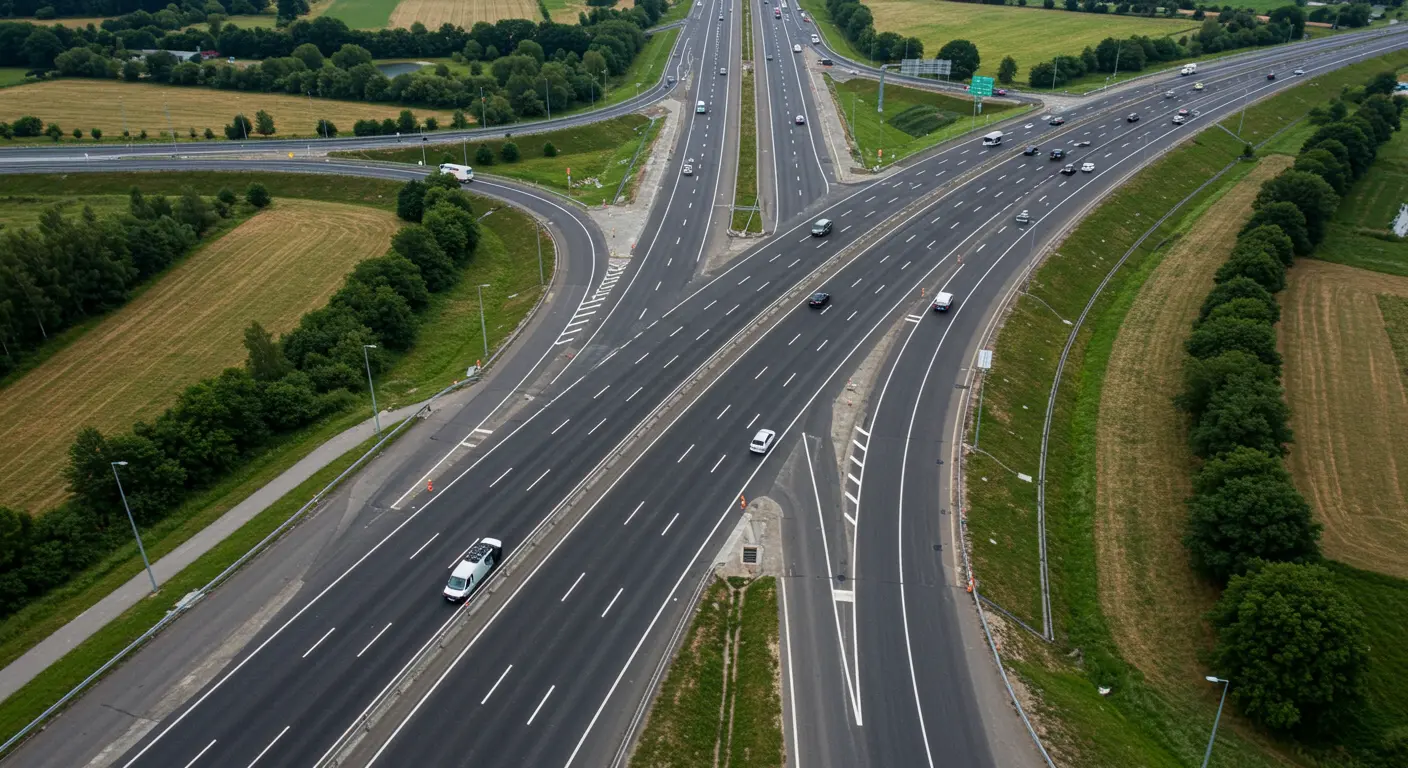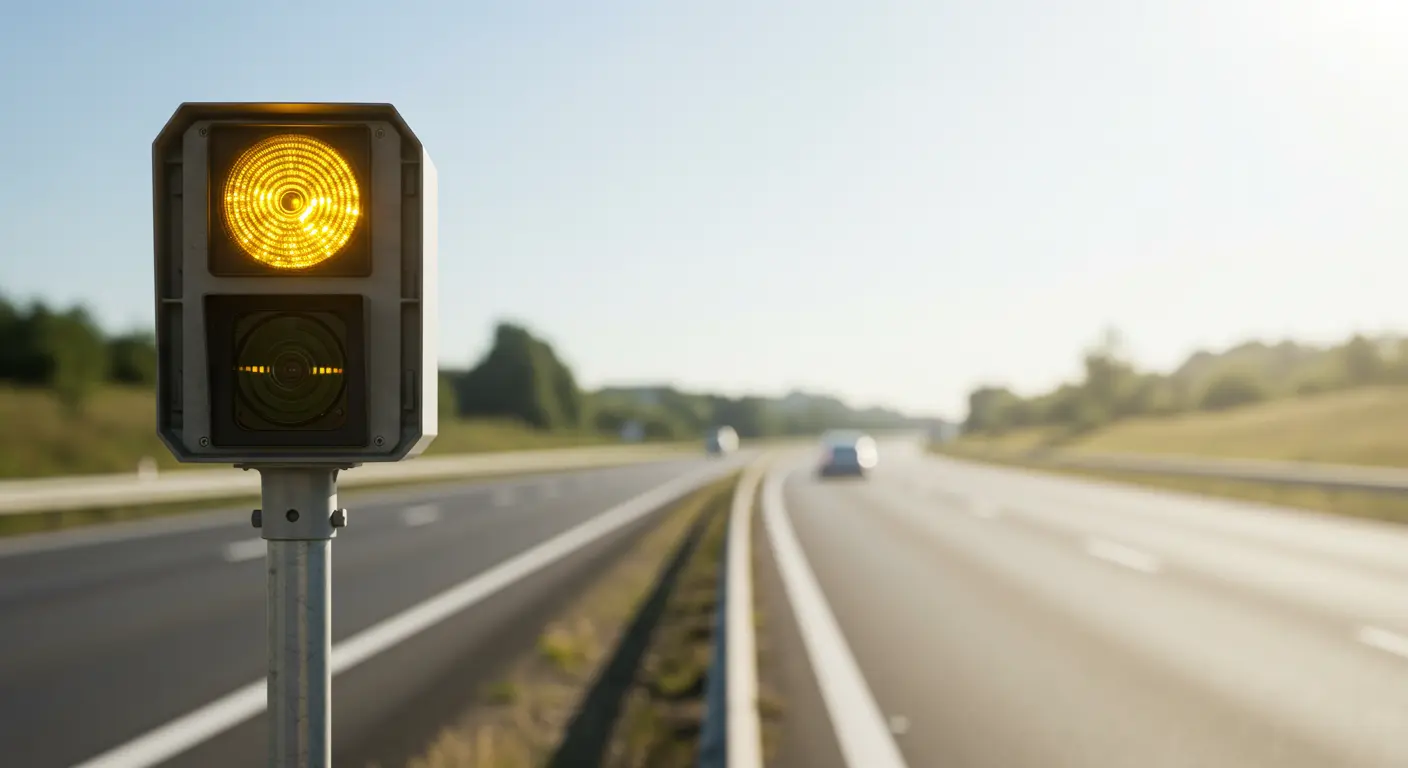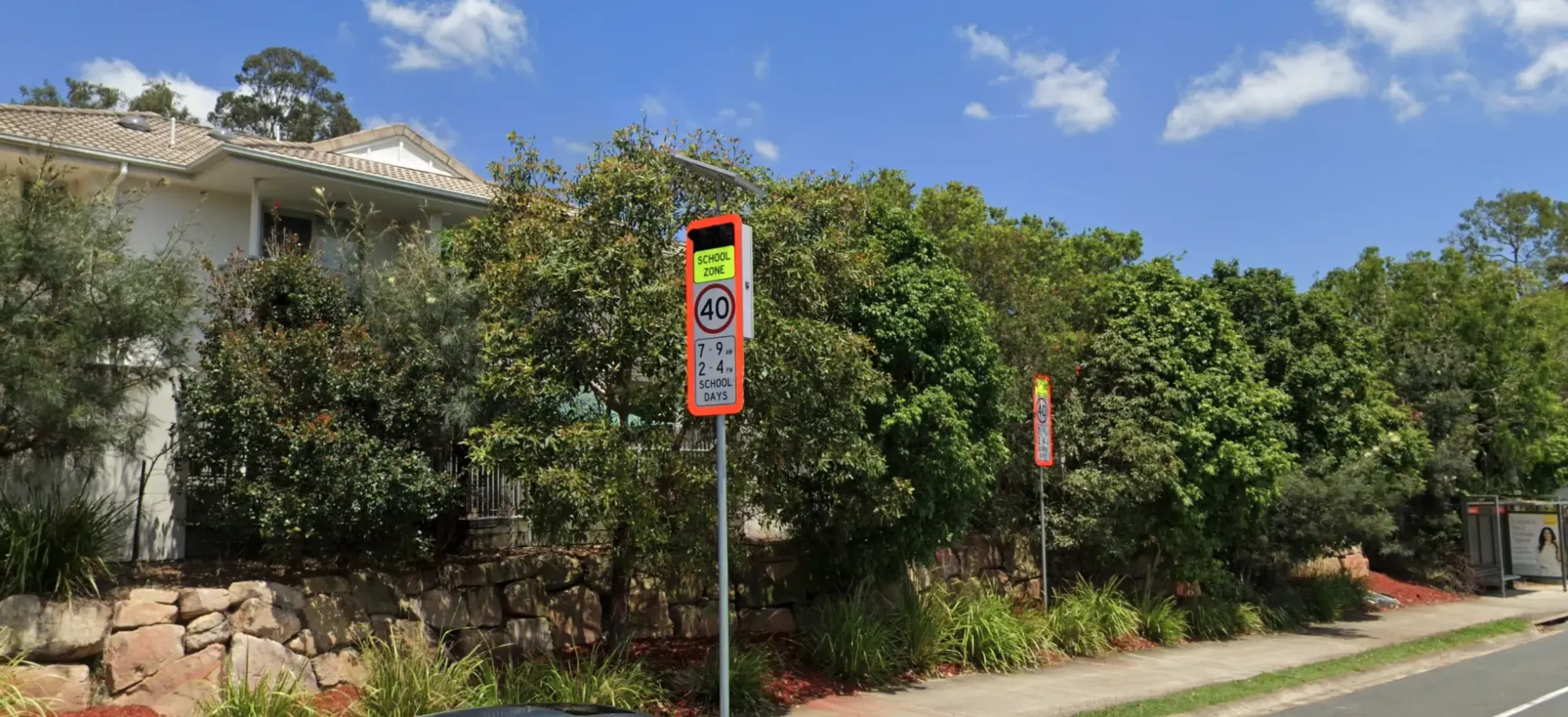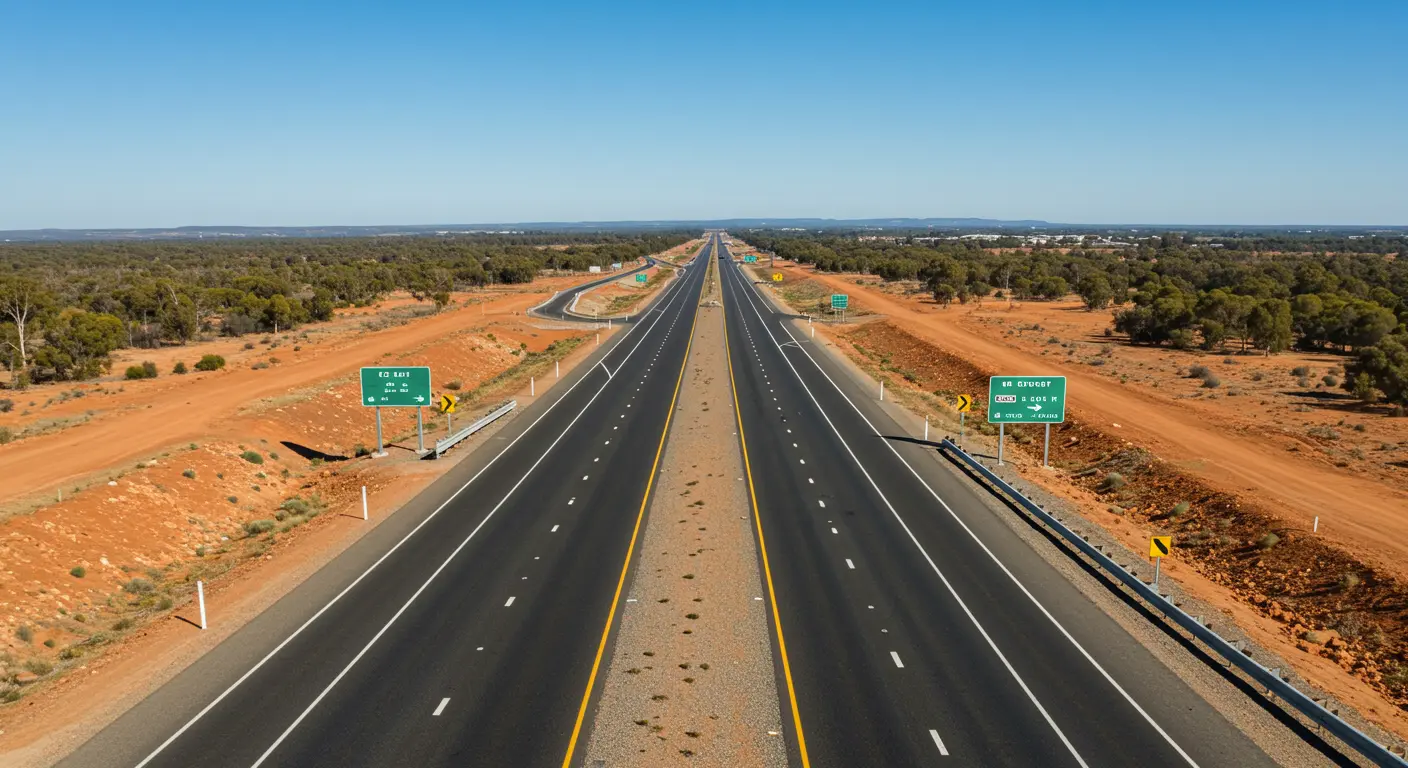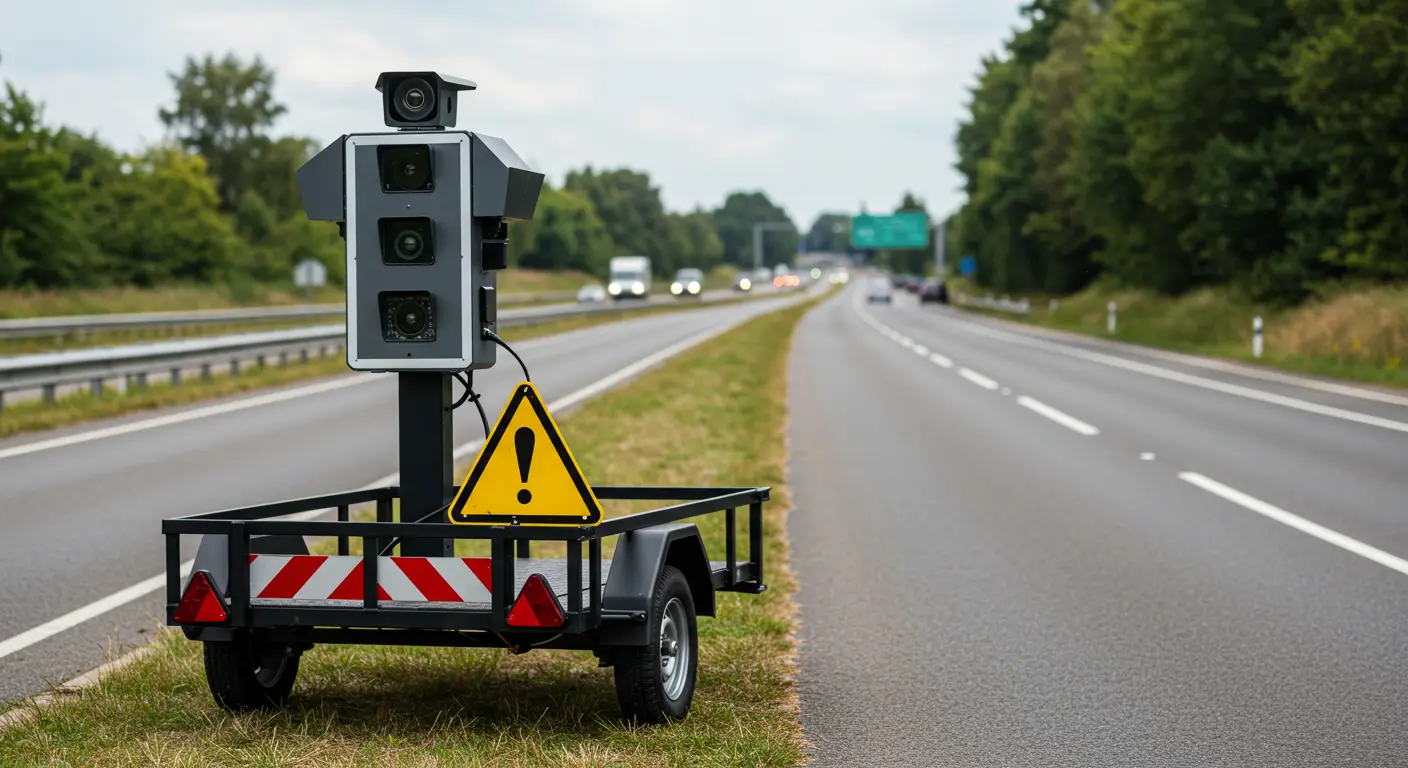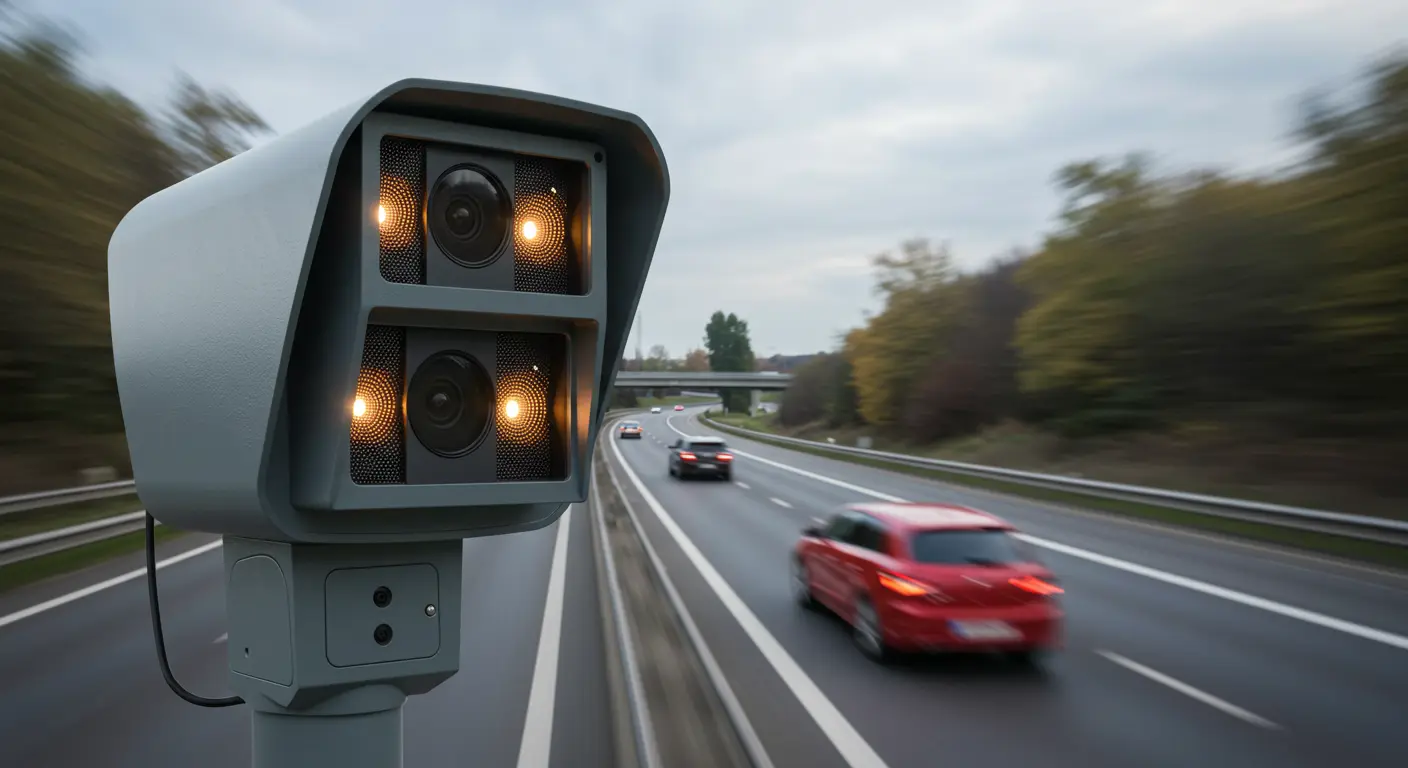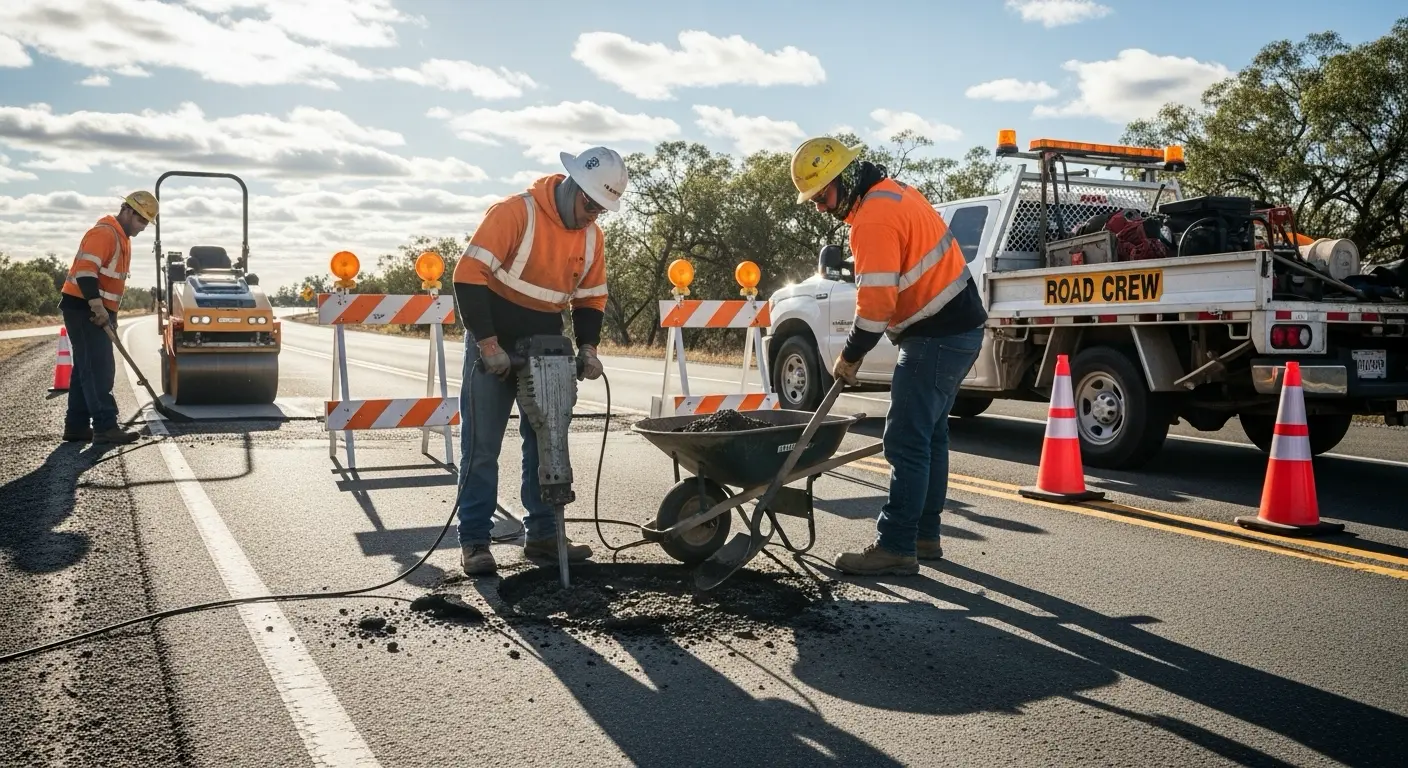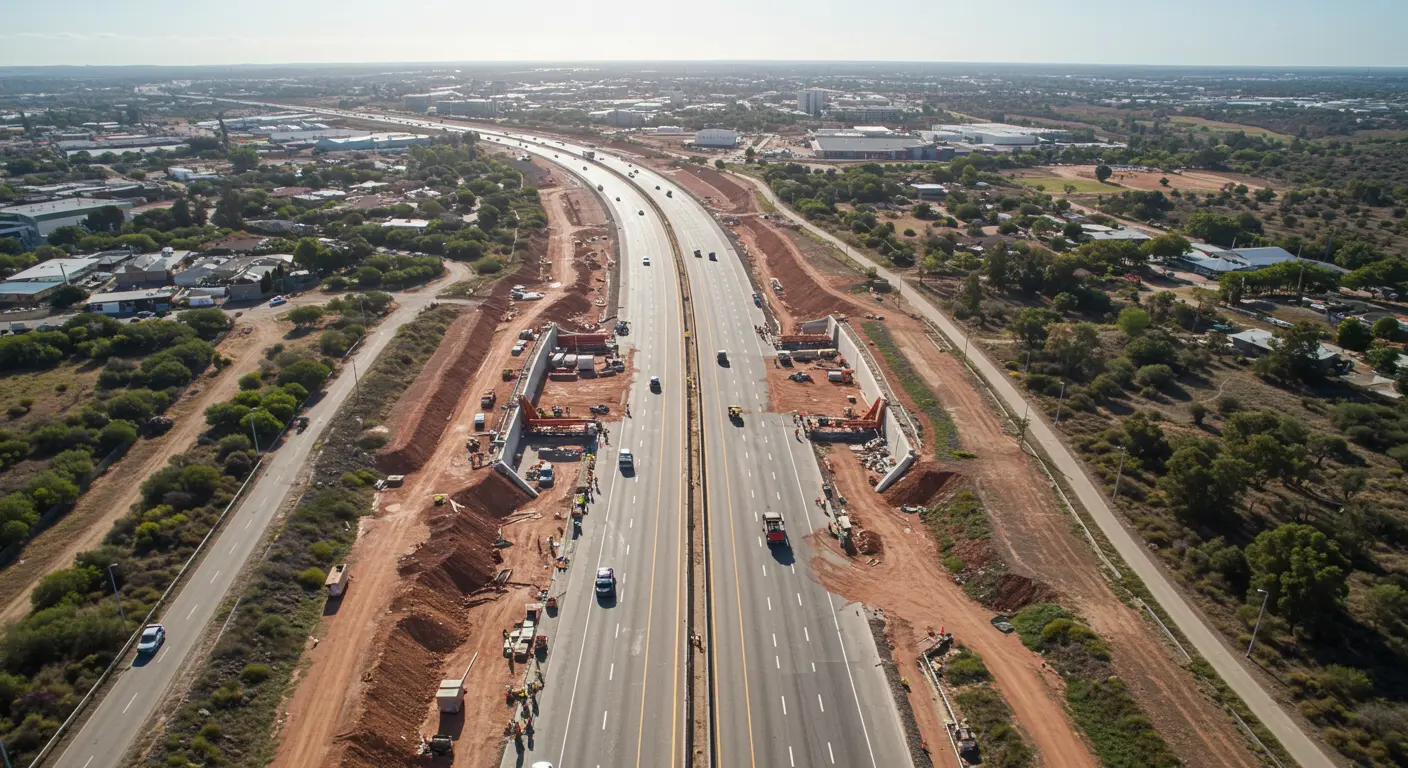New speed camera technology is reshaping road safety enforcement across Australia, catching more speeding and distracted drivers than ever before. These next-generation systems, powered by artificial intelligence and advanced sensors, are drastically increasing detection rates—and signalling a new era for motorists nationwide.
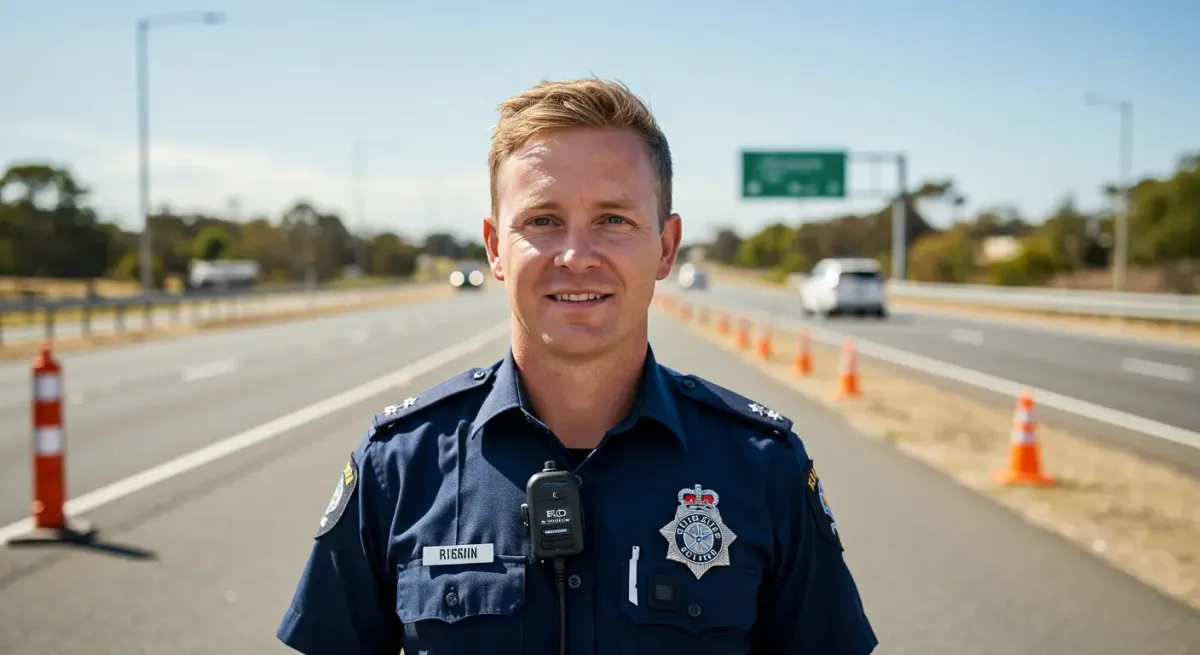
Tasmania’s Tech Transformation
One of the clearest examples comes from Tasmania, where AI-enabled Sensys Gatso cameras were recently activated on the Tasman Bridge in Hobart. The results have been dramatic: where the old 1990s-era cameras detected just 624 speeding offences in 2020–21 and 458 in 2021–22, the new system is now catching over 700 speeders per week.
These advanced cameras, introduced in early 2025, can monitor multiple vehicles across multiple lanes—a significant upgrade from the limited single-lane capability of their predecessors. The testing phase has concluded, and the cameras are now fully operational.
Motorists caught by the cameras can view photos and video footage of their alleged offences through Tasmania’s road user portal, a system already in use in states like New South Wales.
National Camera Upgrades
The rollout of smart enforcement tools is not limited to Tasmania. Across Australia, states are implementing a variety of new camera technologies:
- New South Wales: Two average speed camera locations (Pacific Highway and Hume Highway) now monitor all vehicles, not just heavy trucks.
- Victoria: Mobile speed camera operating hours have expanded, boosting coverage and detection.
- Queensland: AI-powered cameras are targeting mobile phone use and seatbelt offences.
- Western Australia: Six new mobile speed cameras were deployed in late 2024, with four smart freeway cameras in the pipeline.
These changes are part of broader safety efforts designed to reduce Australia’s road toll, which remains a major public health concern.
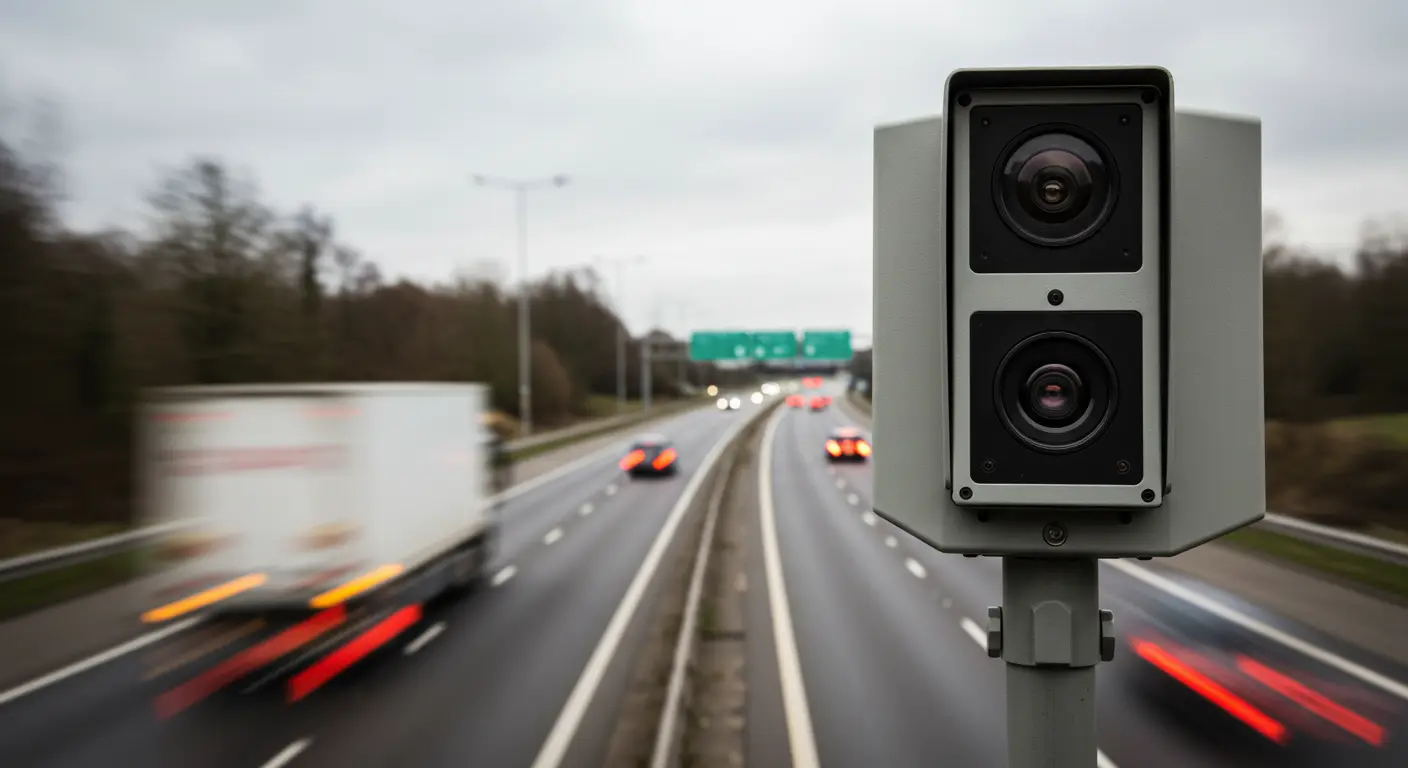
Enforcement Backed by Data
Road safety advocates argue the new tech is already saving lives. In New South Wales, government data shows that average speed cameras have led to a 40% reduction in fatal crashes in the areas where they operate.
In Tasmania, Sensys Gatso’s 16 mobile cameras alone have detected more than 60,000 speeding offences in just 12 months—a striking illustration of how technology is being used to increase accountability.
What’s Next for Road Enforcement?
The rapid adoption of smart traffic enforcement systems suggests Australian governments are committed to integrating AI into road safety frameworks. While public concerns persist around privacy and revenue-raising, authorities maintain the core goal is behavioural change and saving lives.
Whether it’s catching speeders, unbelted drivers, or distracted phone users, one thing is clear: next-gen cameras are here to stay, and they’re reshaping how we police the roads.
Have your say: What do you think about the rise of AI in road safety enforcement? Share your views with us.
